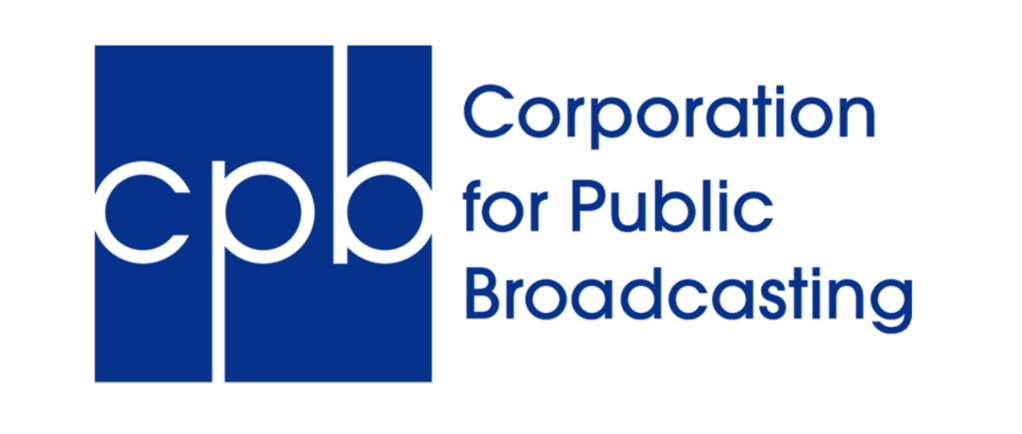The End of Public Broadcasting's Backbone: The CPB's Shutdown
This article details the history and recent closure of the Corporation for Public Broadcasting (CPB), the non-profit organization created in 1967 to support public media in the United States
NEWS
Wayna
8/2/20252 min read


In 1967, the non-profit Corporation for Public Broadcasting (CPB) was established with the mission to champion and sustain public media in the U.S. Its core mission was to ensure that all Americans, regardless of their location, had access to high-quality, non-commercial content and broadcasting services. After decades of providing critical support to public radio and television, the CPB announced plans to shut down in January 2026, a direct consequence of its federal funding being eliminated.
Funding and Structure
The CPB’s financial model relied almost entirely on an annual allocation from Congress. By law, the corporation was required to use no more than 5% of this funding for administrative expenses, with the overwhelming majority distributed to support the public broadcasting system. The CPB received approximately $535 million in federal funding for the 2025 fiscal year. A significant portion of these funds was directed toward grants for local public television and radio stations, with additional money allocated for the development and acquisition of national programming.
While many might associate public broadcasting with major entities like PBS and NPR, the CPB's funding was particularly crucial for smaller and rural stations. According to a 2025 Congressional Research Service report, federal grants were a cornerstone of these stations’ budgets, often accounting for at least a quarter of their total revenue and in some cases, more than half. Public broadcasting stations that received CPB funding were required to adhere to strict guidelines, including maintaining open meetings and financial records, and operating a community advisory board.
Political Challenges and the Road to Shutdown
From its inception, the CPB faced political scrutiny, with its congressional funding often under threat from those, primarily Republicans, who alleged a liberal bias within PBS and NPR programming. The act eliminated the CPB's federal funding, leaving the organization with no means to fulfill its mission.
It is important to note that the CPB’s relationship with major networks like PBS and NPR was never one of direct ownership. They were both founded as independent membership organizations owned by their member stations. Consequently, PBS and NPR received only a small fraction of their revenue directly from the federal government. The bulk of their funding came from private donations, corporate sponsorships, and contributions from their member stations, which are operated by a diverse range of entities including universities, public school districts, and state agencies. The CPB was prohibited from producing or distributing programming itself; rather, it provided the financial infrastructure that enabled member stations to thrive.
Beyond its role in content, the CPB also served a crucial function in public safety. Public television stations participate in the Emergency Alert System, including Amber alerts, and the CPB was the sole entity eligible for funding through a federal grant program designed to support the Integrated Public Alert and Warning System. This function highlights that the CPB's services extended beyond cultural and educational content to include vital public services.
After losing its federal funding, the CPB made the official announcement that it planned to shut down. The corporation, having lost the sole funding source that sustained its work, will permanently close its doors by the end of January 2026.
